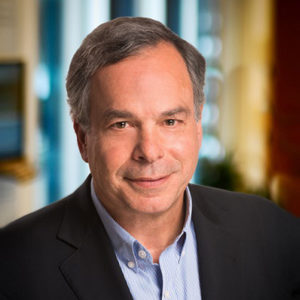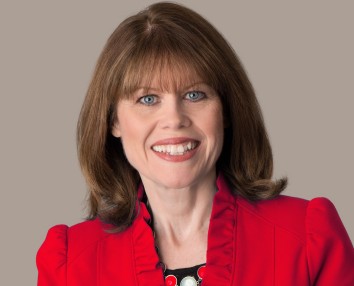We have found a new home! Kindly visit this link in our new website here: https://www.denver-frederick.com/2017/10/27/jim-bildner-president-ceo-draper-richards-kaplan-foundation-joins-denver-frederick/
The following is a conversation between Jim Bildner, the President and CEO of Draper Richards Kaplan Foundation, and Denver Frederick Host of The Business of Giving on AM 970 The Answer in New York City.

Jim Bildner © http://www.drkfoundation.org
Denver: We see all the time the extraordinary impact that startup companies have had on our lives. Uber and Airbnb, to take just two. The same is true in the nonprofit sector. Imagine the social entrepreneurs with fantastic ideas and plans to make our communities and world a better place, but their ability to access capital is often not as clear-cut as it is for their counterparts in the private sector. And that it why it is fortunate that we have Draper Richards Kaplan Foundation to help address this urgent need. And with us this evening is their President and CEO, Jim Bildner.
Good evening, Jim, and welcome to The Business of Giving!
Jim: Thanks, Denver.
Denver: Tell us about Draper Richards Kaplan, how the foundation got started, and what your mission is.
Jim: Absolutely. So, we were started in 2002 by Bill Draper and Robin Richards, now Robin Richards-Donohoe; later joined by Rob Kaplan. In 2002, Bill and Robin had had a successful venture capital career. Bill is an amazing human being. He’s 90 years old. Still comes to the office every day. Still the toughest questioner of our social enterprises, and he followed again this very successful career in venture capital, but even more importantly, had served as the head of the UNDP for seven years. He comes with a long-term commitment to public service as well as to venture capital. In fact, his father, General Draper was one of the first venture capitalists. Also, the person who operationalized the Marshall Plan.
They came to this with a realization that, in 2002, they had a very successful return on their India Fund and realized that they really didn’t need to do more venture capital. But the same principles that they had applied so carefully in the venture capital investment community could be applied to the social sector, and that was really the insight, that intentionality, and I’ll talk more about that later. In terms of what you invest in, who you invest in, and understanding at the beginning, what the ultimate end game is, is actually more important in the social sector than it is in the private sector.
In 2002, they formed their own fund; basically, it was Draper Richards. Roughly, $13 million to $14 million of their own funds then went into 26 to 28 social enterprises, many of which are legendary. And their model was exquisitely simple, which is investing for a three-year duration, then stops. So, beginning and then ending in three years. Again, the innovation here was not just the capital, but like venture capitalists in the private sector, a board seat, and an aggressive and constructive board seat. And that really, from the beginning to where we are today; and I’ll talk about how Rob joined us in 2009 and 2010, became the essence of what Draper Richards Kaplan is, and I’ll tell what we invested in later.
Rob Kaplan in 2010 joined Bill and Robin, and Rob had a successful career at Goldman Sachs and was a professor at Harvard Business School. And now he’s the president of the Dallas Federal Reserve Bank. So, for sure I’m the luckiest guy in the world to have those three as my senior partners. Rob brought the same discipline that we had had all along. When Rob joined us, we raised our second fund, about $33.8 million that funded about 56 new enterprises. Again, same model, three years, board service, and a lot of intentionalities, and we are just now closing our third fund. It’ll be about $65 million to fund another 100 new social enterprises.


